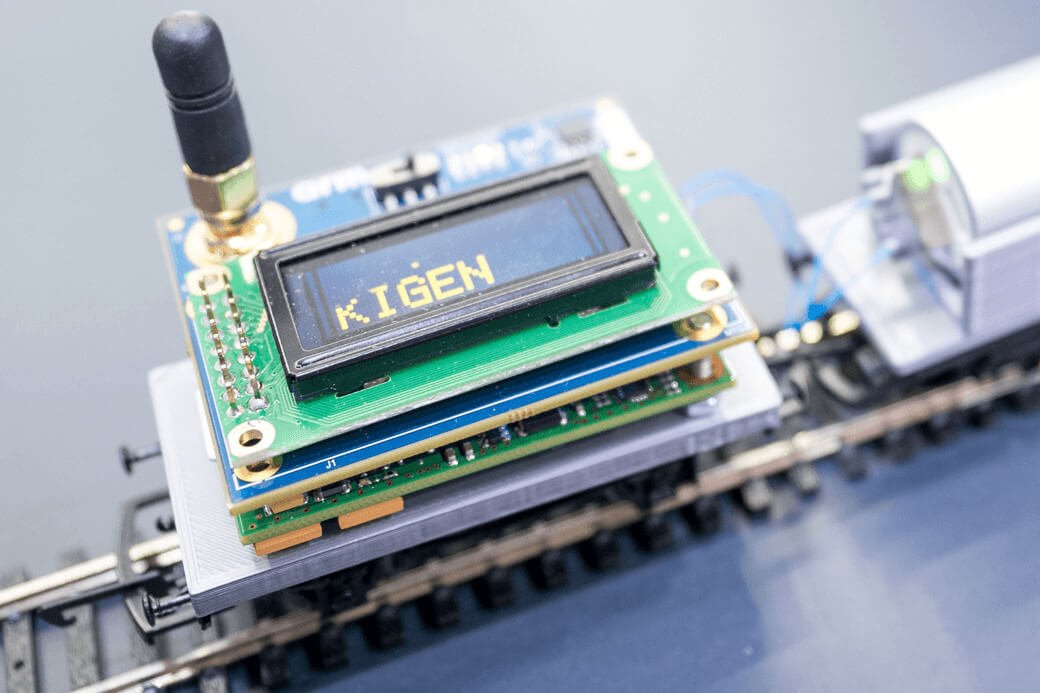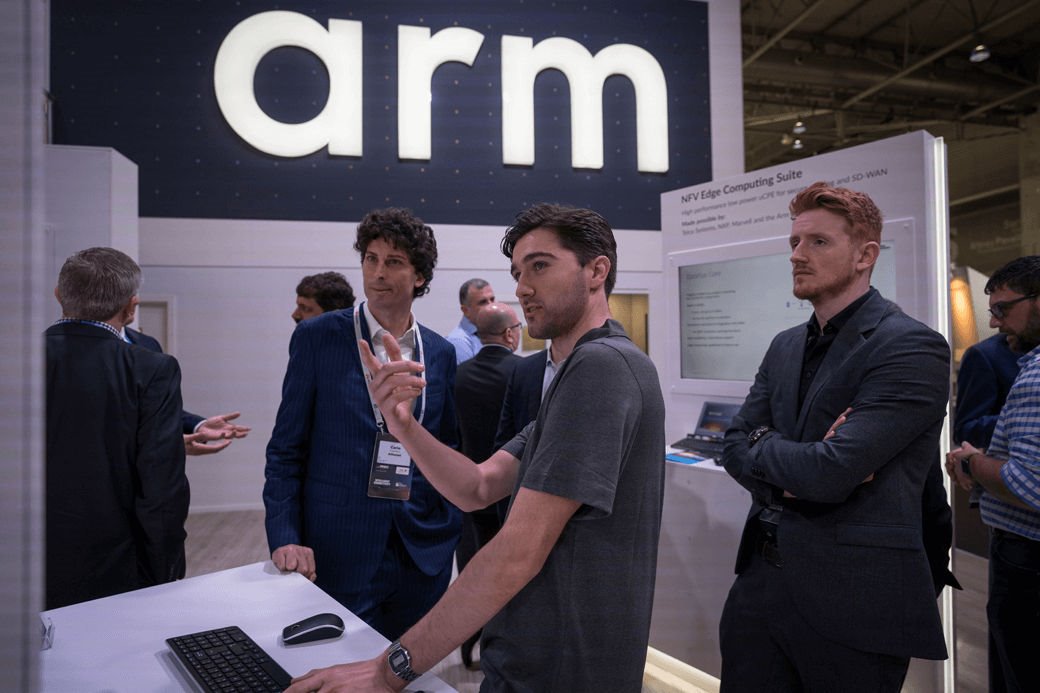MWC Barcelona is the mobile industry’s largest event, welcoming more than 100,000 visitors to check out the hottest trends, and preview what’s to come. Clearly, MWC is the place to be if you want to be the first to learn about new products and discuss key industry issues. And this year was no exception.
Arm was proud to sponsor the event and host a booth with nine demos which you learn more about on our website. Overall, conference halls were filled with impressive booths showcasing everything from phone and network technology to IoT, virtual reality, robotic and security innovations. Several vendors demonstrated foldable/bendable phones but undoubtedly 5G stole the show.
The Right Foundation for 5G
5G was by far the biggest theme, with several major companies demonstrating 5G technologies from industrial robots playing music instruments to connected beer kegs.
Offering 10 times the amount of bandwidth currently available, 5G provides an unprecedented opportunity. It gives enterprises the flexibility and choice in networking tools to capture and store data, react to patterns in this data quickly, and expand digital operations.
5G also makes innovative applications possible across all market segments; from autonomous cars to health care and industrial factories. And Arm continues to design the foundational technology that will help unlock new IoT and other 5G opportunities.

5G was a major theme at MWC Barcelona 2019
A Major Advantage with eSIM for 5G
A number of interesting potential 5G use cases for IoT have already been suggested by various vendors. One example is the UK’s largest onshore gas field company using 5G for remotely operated equipment, connected work forces, robotics and asset monitoring to extend the operational life of assets. Other examples included connected ambulances, smart traffic optimisation and video analytics in vehicles.
Applications like these require seamless network access across different geographical location. However, the traditional SIM technology required to identify and authenticate devices can be a major limiting factor for cellular IoT as it typically requires physical handling during commissioning and if the SIM needs replacing.
This is where the embedded SIM (eSIM) offers a significant advantage as it enables the seamless connectivity management of devices in transit by using remote SIM provisioning. It removes the need to physically swap SIMs every time the device or asset moves outside of the original network location.
Device manufacturers can create smaller devices at a lower price point as a socket is no longer necessary, and eliminate the logistical complexities associated with traditional SIMs.
Many of the IoT use cases for 5G are where real-life fast processing at edge is critical, so supporting ubiquitous connectivity no matter the location, is essential.

Kigen/Pelion mobile asset visibility demo shown at the Arm MWC booth
Support from an Ecosystem of Experts
Unsurprisingly, eSIM was high on the agenda at the show. This follows the Apple’s announcement of its eSIM enabled iPhone at MWC Americas last year and the continuous growth of eSIM adoption through the year, with every part of the ecosystem embracing this new technology—from mobile network operators to device and module makers, and IoT service providers. More consumer devices featuring eSIM are primed for launched later this year.
At the GSMA eSIM workshop sponsored by Arm, a panel of experts from Google, Microsoft, Altair, Infineon Technologies, Sierra Wireless, G+D, Gemalto and Idemia discussed eSIM technology and the possibilities it holds. Watch the video to learn more about their insights.

Arm booth at MWC 2019
Last year at MWC Barcelona 2018, we launched the Arm Kigen family including Kigen SIM OS for both eSIM and iSIM, and remote server solutions. Now, with Kigen one year on, we’re seeing a considerable traction with support for eSIM and iSIM, and announcements from companies like Vodafone, Sprint, Cavli and Pod Group reinforced the growing Kigen adoption momentum.
.
Leave a Reply